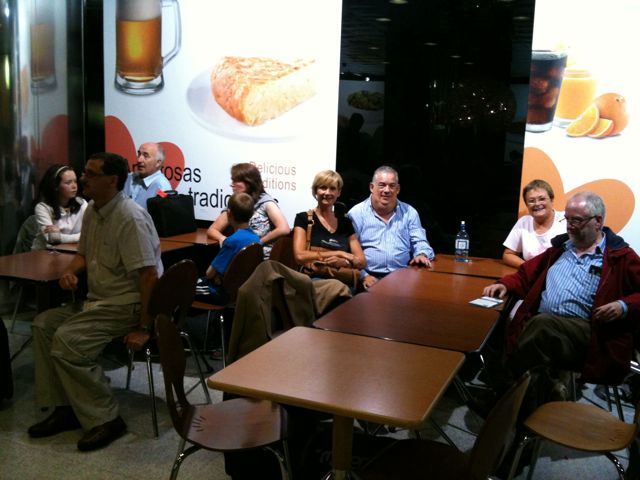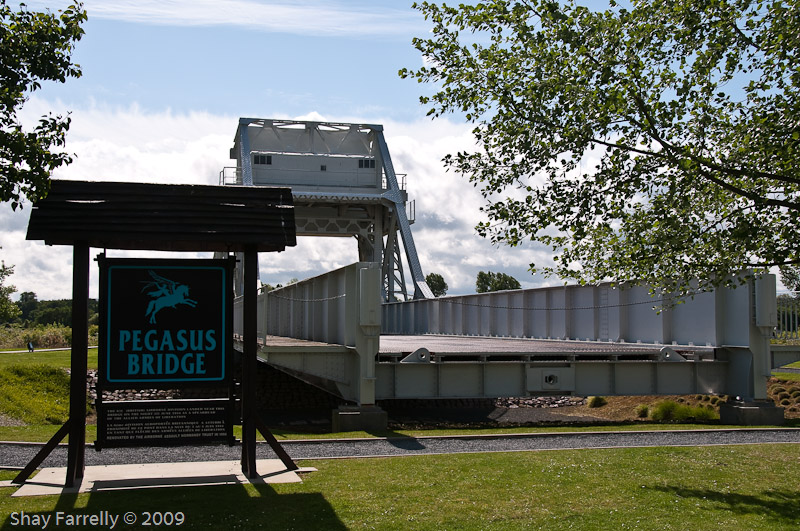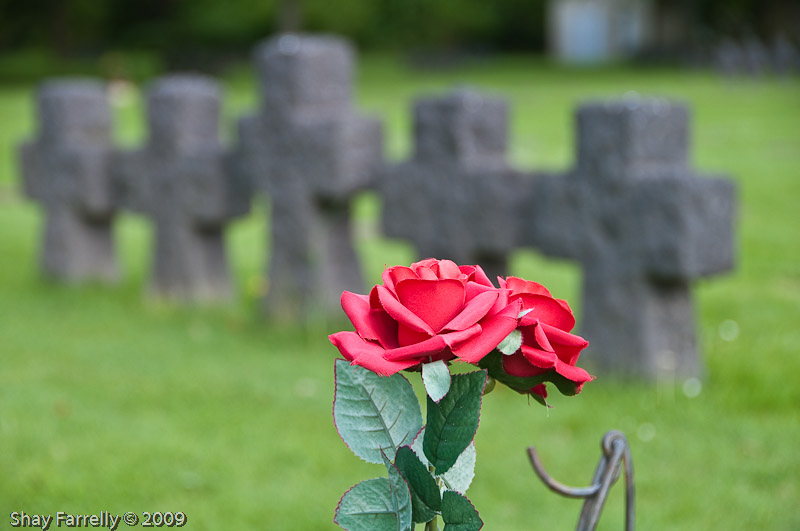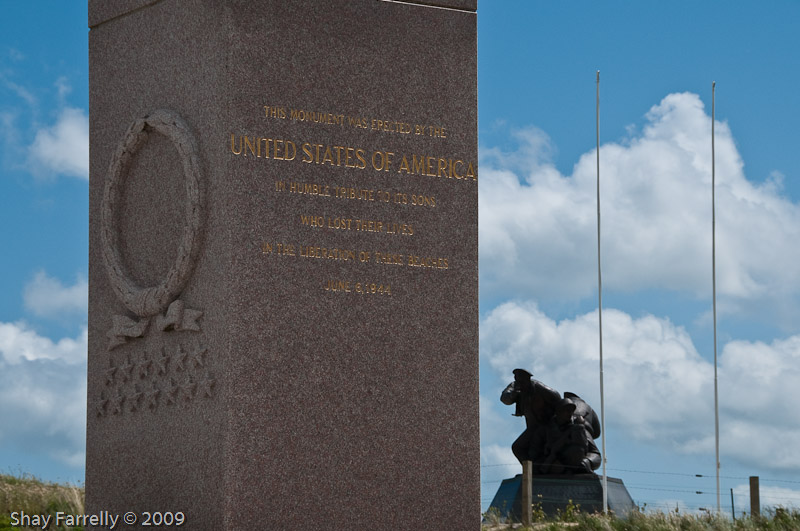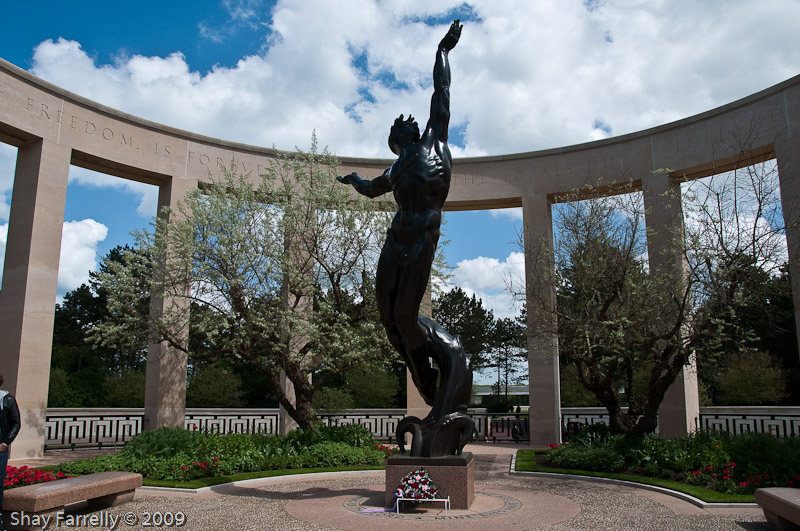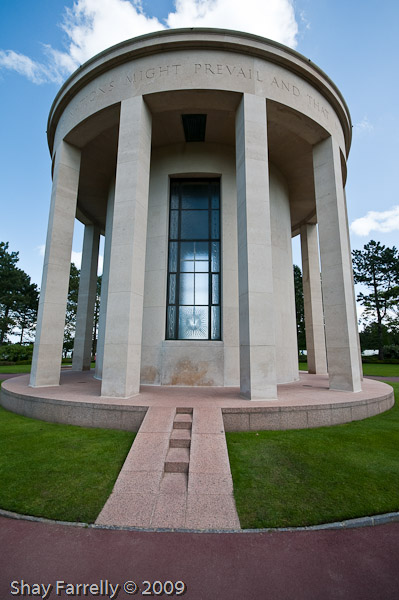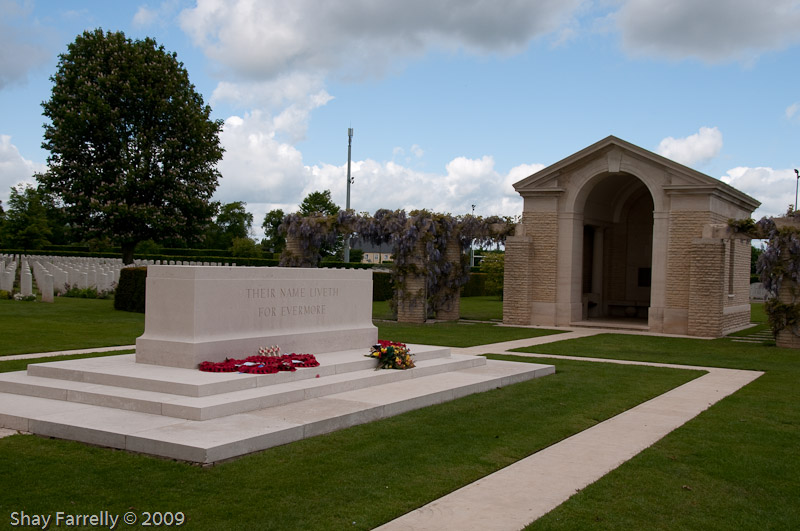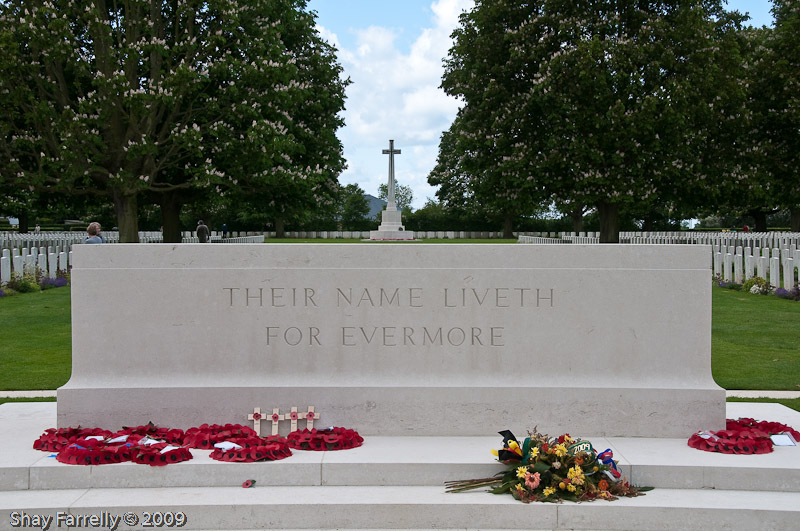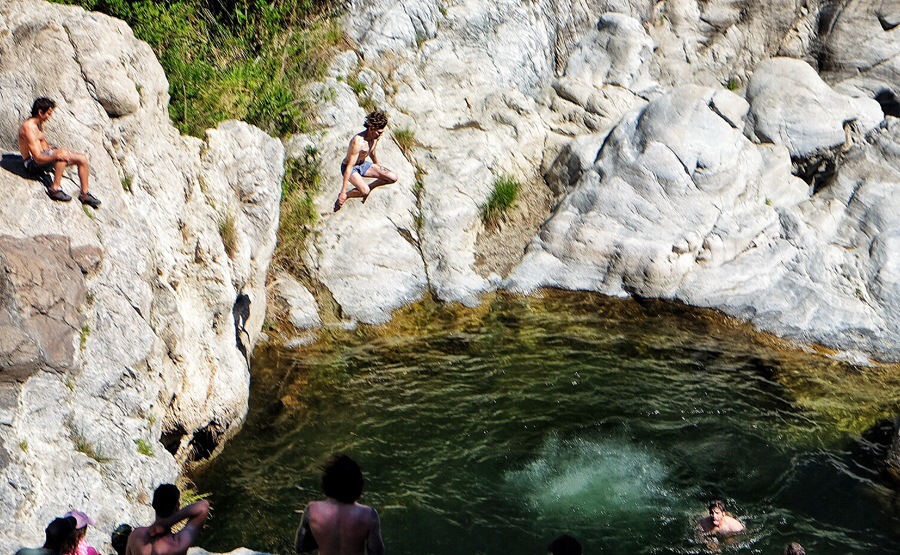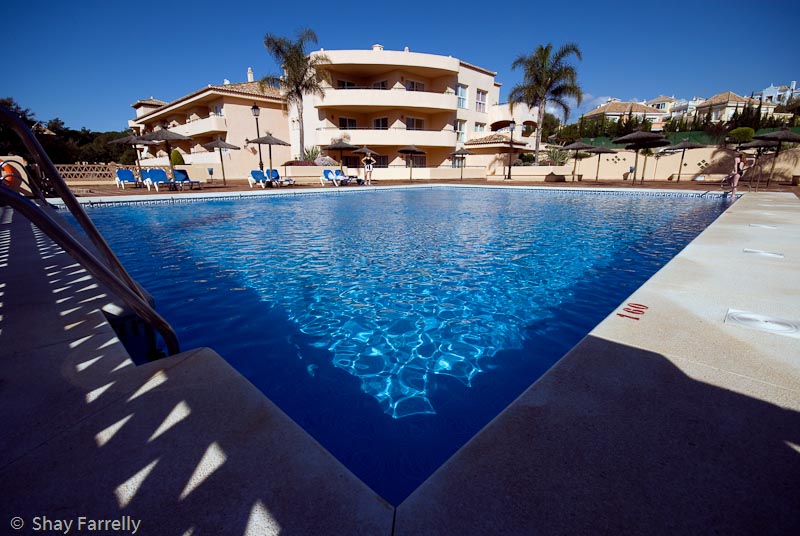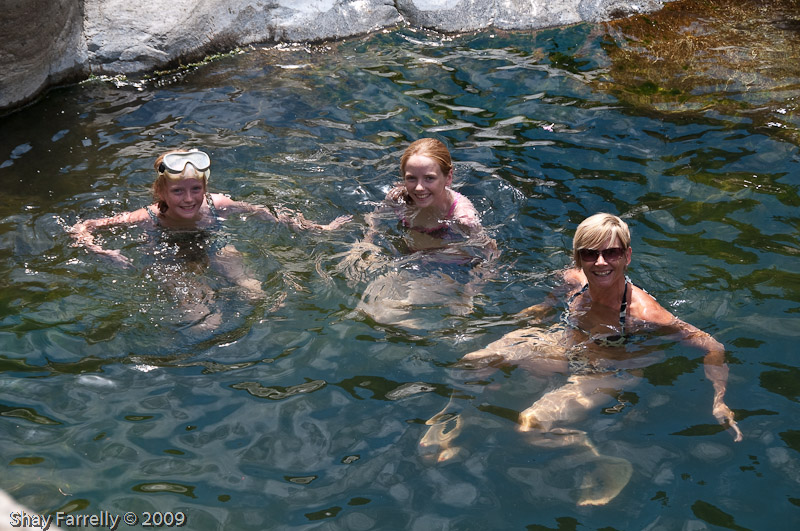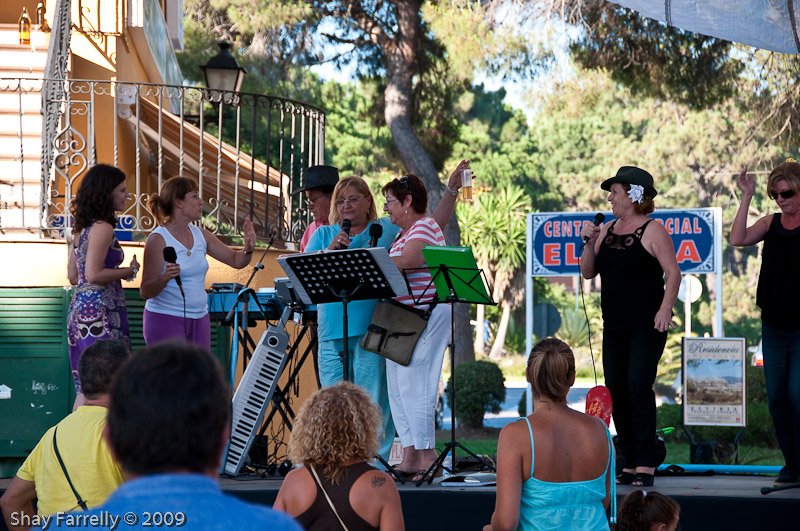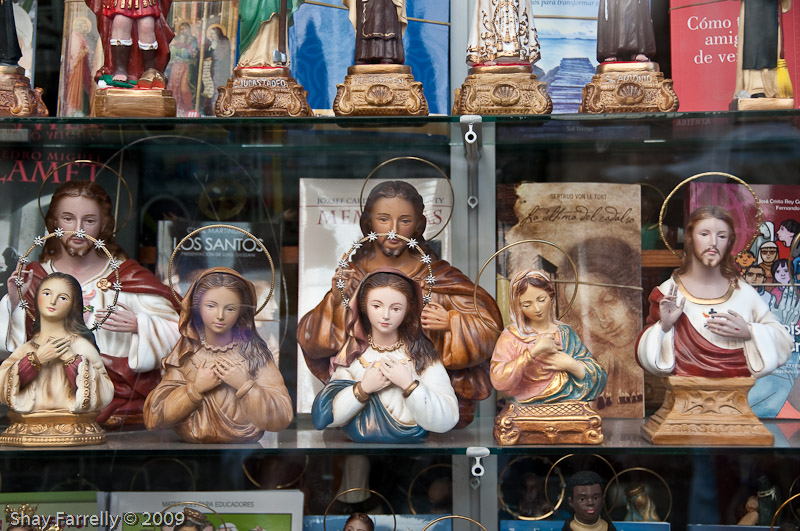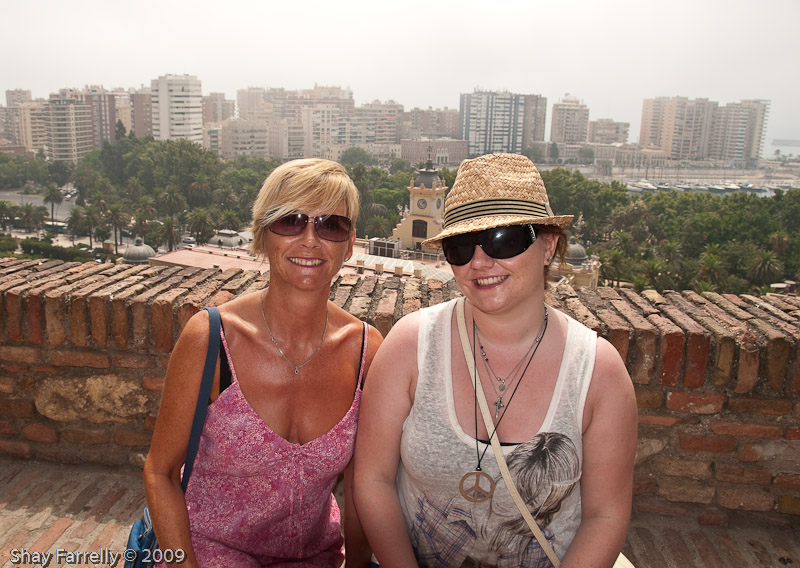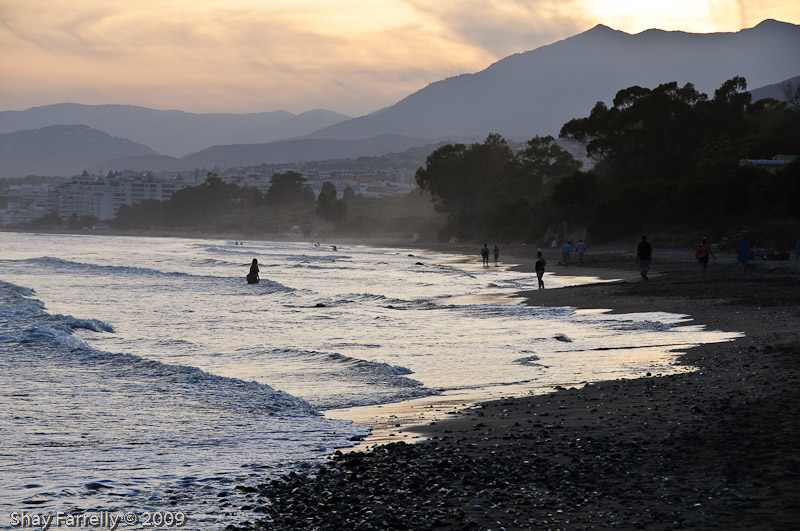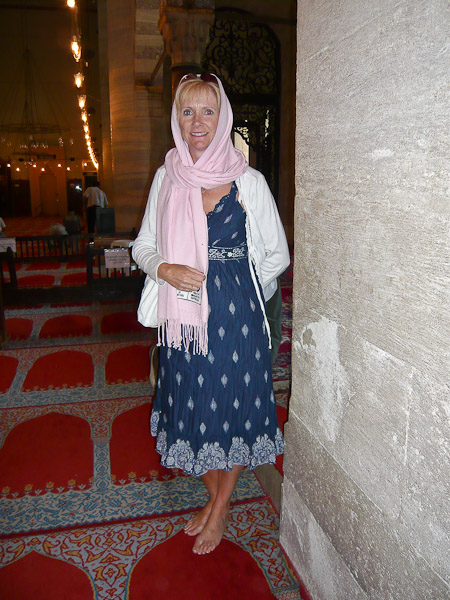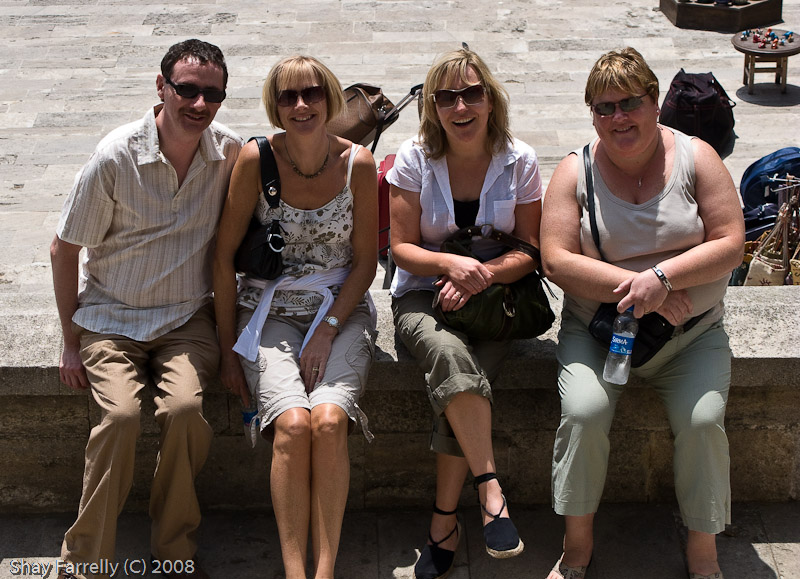It's day 2 but our first full day in Buenos Aires. Everyting goes well in the airport all the luggage arrives!! A good start to any holiday and our taxi driver is waiting for us. It's a bank holiday here, Independence Day so the traffic is grand. We arrive at our hotel just after 10.00am and the staff are very nice and our room is ready. They invite us to have breakfast which we do to start the day off. We then head off by taxi to meet the gang for 11.30, we hope to do a bus tour of the city to get to know our way around. But have a hard time finding where to get the bus, we get a couple of glimpses of what looks like a tour bus and head off in pursuit. After walking around the main street, Av 9 de Julio (todays date in fact) which is so wide we reckon O'Connell street could fit across it, there are 21 lanes of traffic a large pedestrian way in the middle and two on either side. We do eventually come across a tourist information kiosk but we are told the bus tour is too busy today, so we decide to head to the new Puerto Madero instead, which is lovely. We have a few drinks and some lunch "tapas style". A few of us then head up to the Pink Palace (Government Buildings) and Plaza de Mayo and have a look where Eva Peron addressed the crowd from the balcony window. It's now after 6pm, we've been walking around since 11.30 and we decide to take the Metro home to our hotel with K. A short rest and we will then head out for a bite to eat at a local Argentinian restaurant, Don Julio where we hear the steaks are majic. Let you know tomorrow.
It was a lovely sunny day and not too cold so fine for walking around but expecting it to be about 3 degrees tonight.
